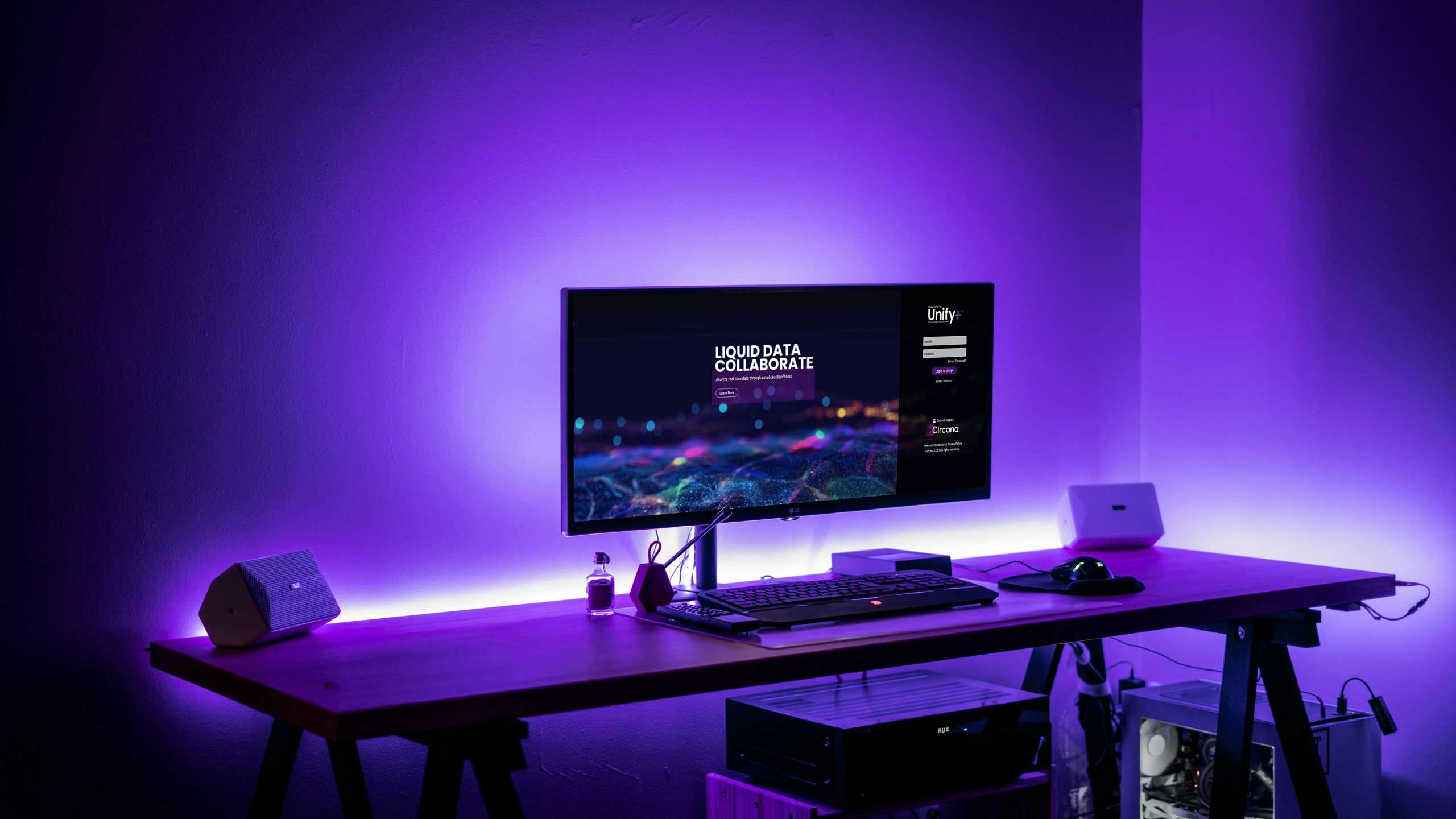- Paul Gagnon

- Aug 4
- 3 min read
Every July, just as the summer sun hits its stride and families scatter to beaches, mountains, and backyard BBQs, something curious happens in the world of retailing in the U.S.: a collective pause. It’s not quite a nap, but more like a deep breath—a moment of stillness before the retail world dives headfirst into what’s become known as “promotion week.”
This year, that moment came in the weeks leading up to the week ending July 12th, the unofficial-but-widely-acknowledged promotion week of 2025. And if you were watching the numbers, you might’ve noticed something odd: a slowdown. Not a crash, not a crisis—just a noticeable easing off the gas pedal.
The Calm Before the Clickstorm
Let’s set the scene. The July promotion week has become an unofficial fixture on the U.S. retail calendar, especially for national chains looking to jolt sales during the sleepy mid-summer stretch. With school out and vacations in full swing, July is typically a soft spot for tech sales. So, retailers have responded with concurrent sales events, hoping to lure shoppers back from the beach and to their carts.
But this year, the four weeks leading up to the promotion week told a different story. Excluding mobile phones (which had a strong promotion boost last year), total U.S. tech sales were down 4%. Zoom in on the two weeks just before the big event, and the drop deepens to 5%.
The biggest culprits? TVs and tablets. TV buyers, it seems, are trading-down — opting for more affordable models rather than splurging on the latest and greatest. Tablets, meanwhile, are in a bit of a holding pattern. A product refresh back in March had already stirred up demand for early adopters, but many consumers were clearly waiting for the next big deal before pulling the trigger. Plus, they were up against tough comps from last year’s post-Apple-refresh surge in June.
There were a few bright spots—headphones, graphics cards, and desktop computers saw some growth in June —but much of that was due to easier comparisons rather than a true surge in demand.
Are Shoppers Getting Smarter—or Just More Patient?
Naturally, clients started asking us: what’s going on? Is this just a seasonal lull, or are consumers holding back on purpose?
The answer, as it turns out, is a bit of both.
A July 2025 Circana survey revealed that 72% of U.S. consumers said they’d change their spending habits in anticipation of tariff impacts. Over a third said they’d cut back on spending altogether, and among those, a third specifically targeted consumer electronics and tech. Unsurprisingly, this sentiment was strongest among older and lower-income shoppers.
But there’s another factor at play: deal fatigue—or maybe deal conditioning. With major retailers now running big promotions not just in Q4, but also in spring, summer, and fall, consumers are getting wise. Why buy now when you know a better deal is just around the corner?
Did the Big Week Deliver?
So, did all that pent-up demand come roaring back during this year’s July promotion week?
In a word: no.
While there were some gains, they didn’t come close to offsetting the pre-promotion dip. In the two weeks ending July 5th (which included Fourth of July sales), U.S. tech sales were down over $140 million compared to last year. And during the promotion week itself? A modest gain of just $1 million.
TVs did see a 6% bump during the big week, but that was still less than half the dollar value lost in the two weeks prior. Tablets followed a similar pattern.
There were a few categories that managed to grow both before and during the promotion week—desktop computers, fitness trackers, headphones, camcorders, VR/AR gear, and digital point-and-shoot cameras among them. But major categories like notebooks, printers, soundbars, and detachable lens cameras continued to slide.
Interestingly, the only major tech subcategory where promotion week gains actually outpaced the pre-week pullback? Item trackers. Apparently, we’re all still losing our keys and luggage.
The Bottom Line
In the end, the story of July promotion week 2025 is one of cautious consumers, strategic patience, and a retail environment that’s still adjusting to a new rhythm. The pullback in big-ticket categories like TVs and tablets outweighed the modest gains in smaller-dollar items. And with deeper discounts needed to drive unit sales, the net result was a promotional event that felt more like a ripple than a wave.
So, what’s next? Retailers may need to rethink the cadence and impact of these mid-year promotions. Consumers are clearly paying attention—and they’re willing to wait. Here’s hoping the upcoming Holiday shopping season can deliver better results.
































